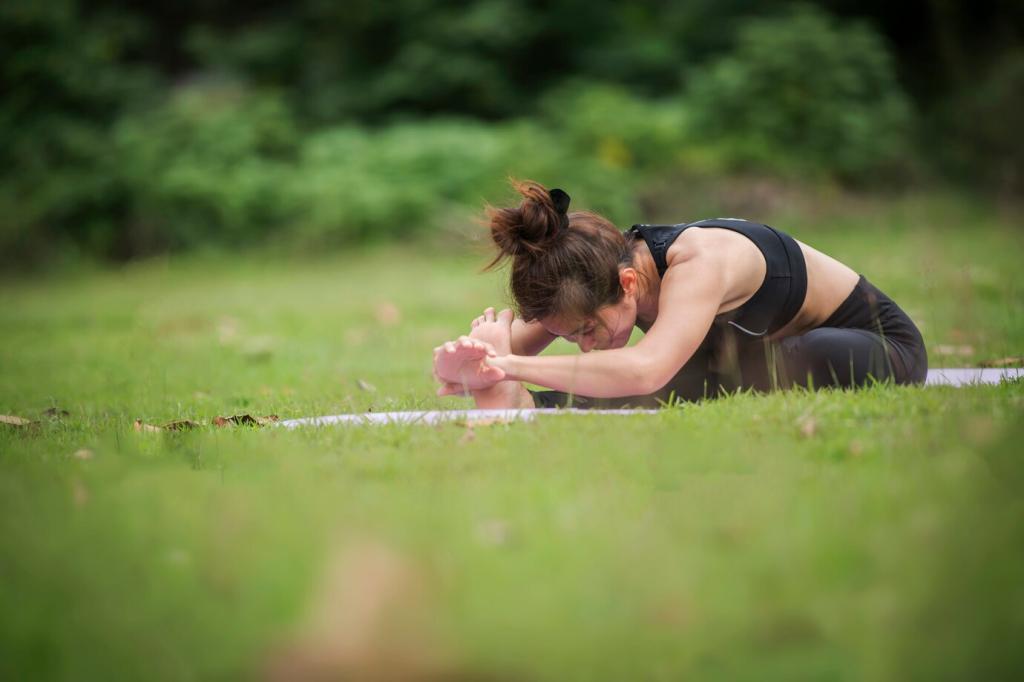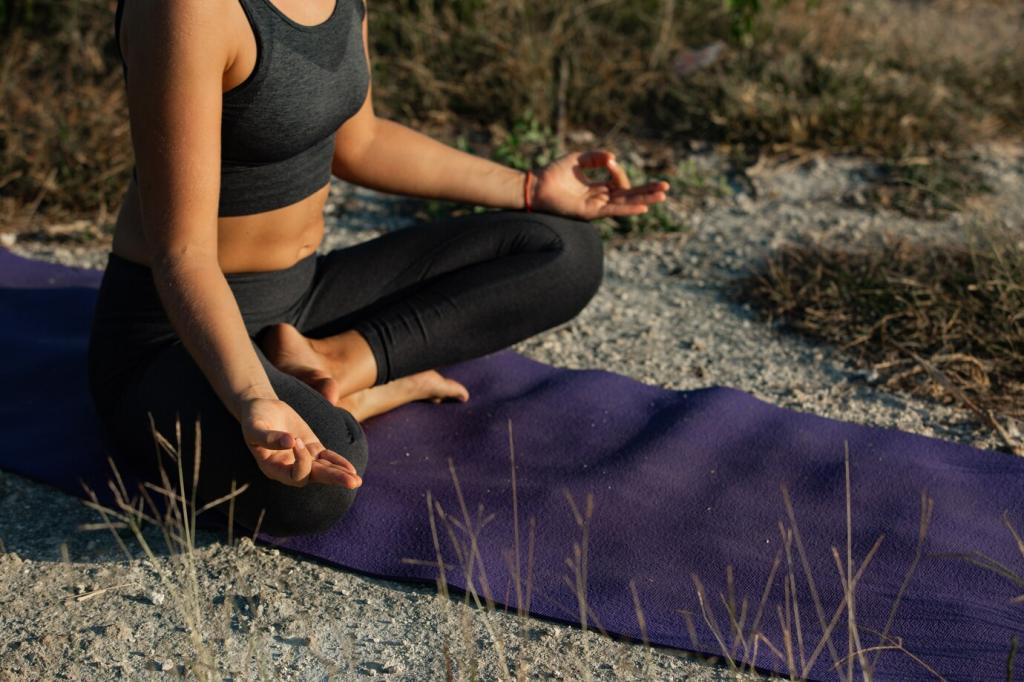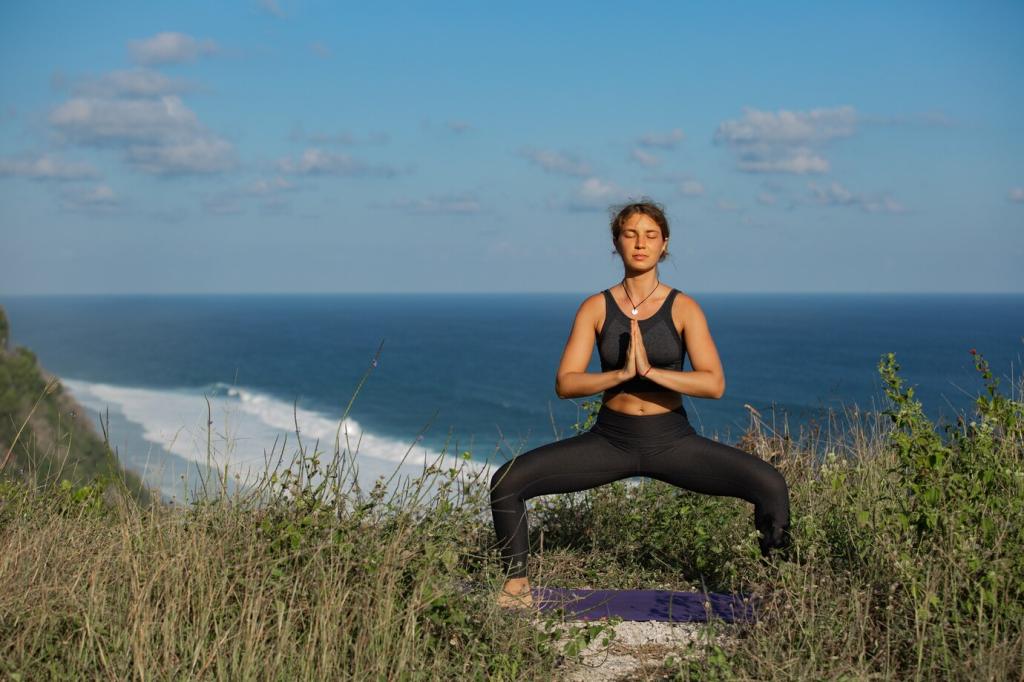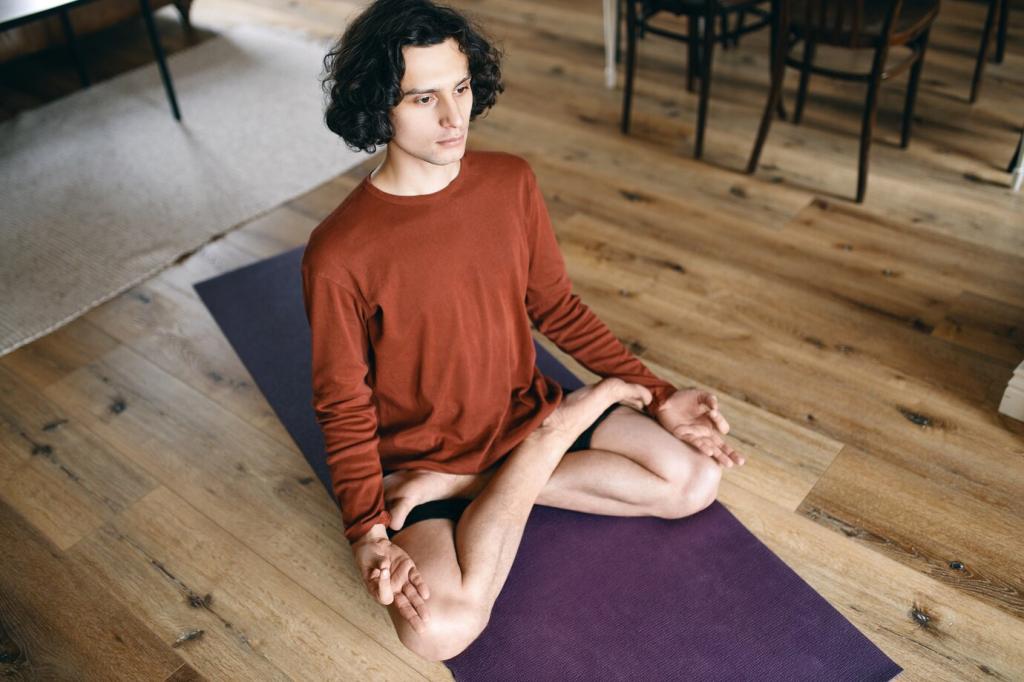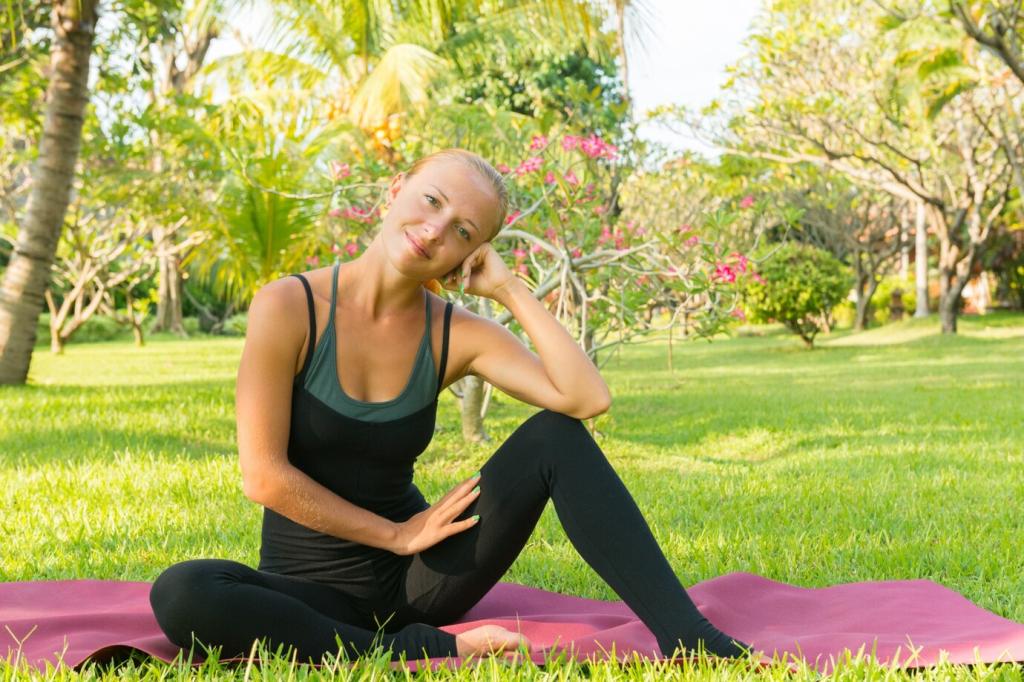Practical Protocols for Game-Day Calm
Inhale four counts, hold two, exhale six, hold two—repeat for one minute. Pair it with one clear intention like “stable feet” or “smooth tempo.” This micro-practice lowers tension without dulling intensity, letting you re-enter play with precision and composure.
Practical Protocols for Game-Day Calm
Close your eyes, sweep attention from crown to toes, relaxing the jaw, shoulders, hands, and calves. When thoughts wander, gently return to sensation. Finish with three deeper exhales. The body scan replaces rumination with presence, anchoring technique cues in a calmer body.

